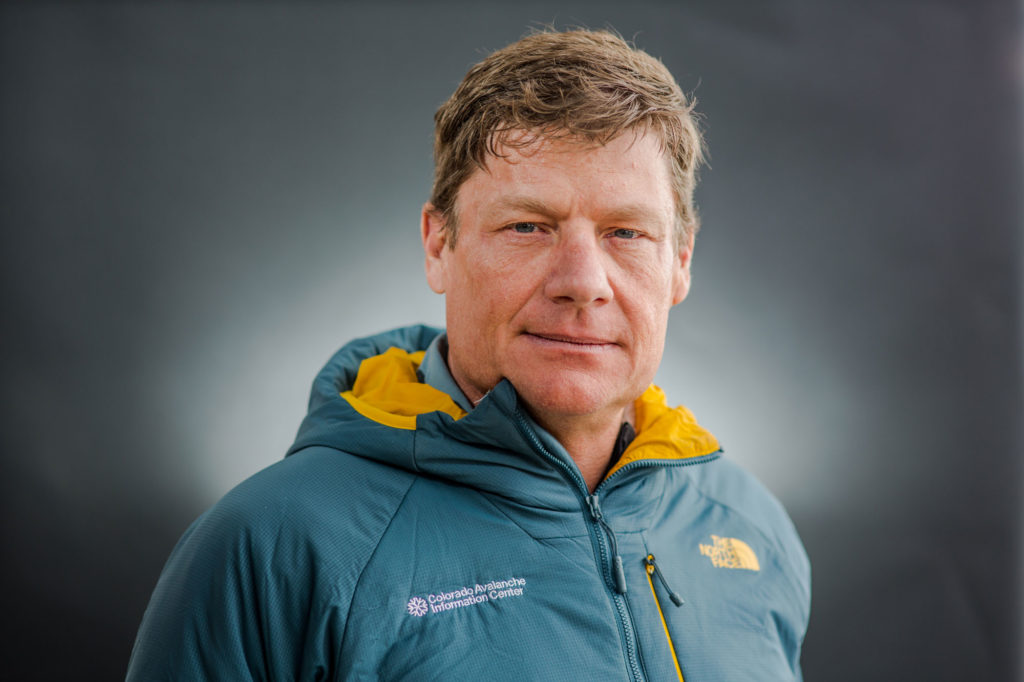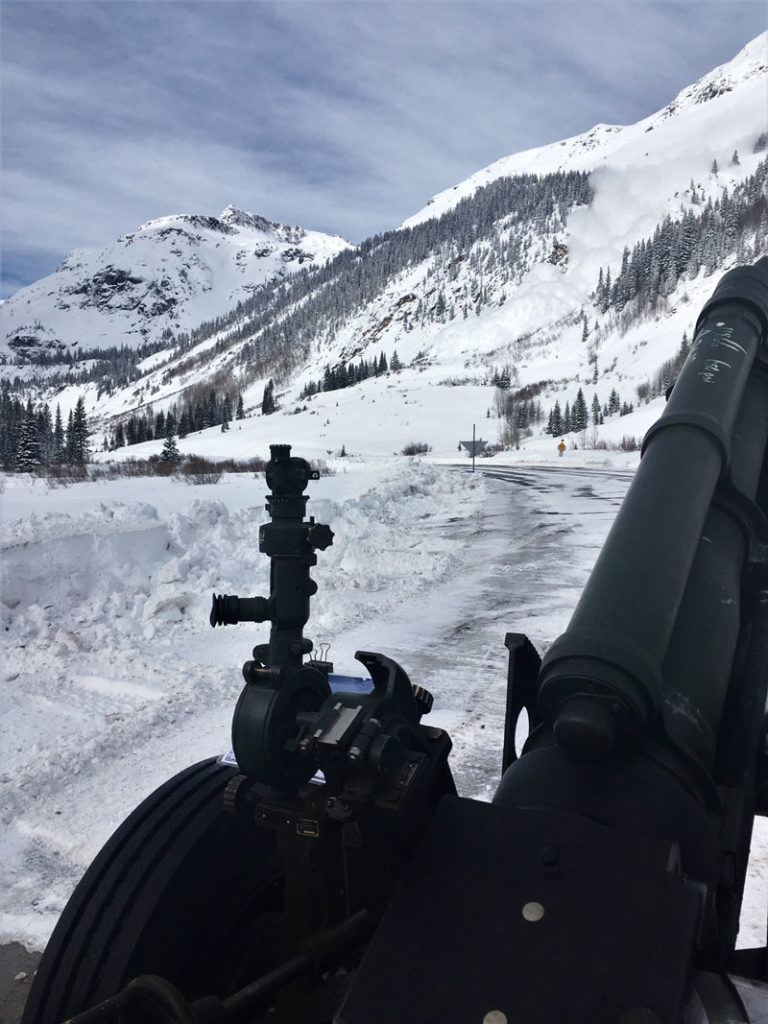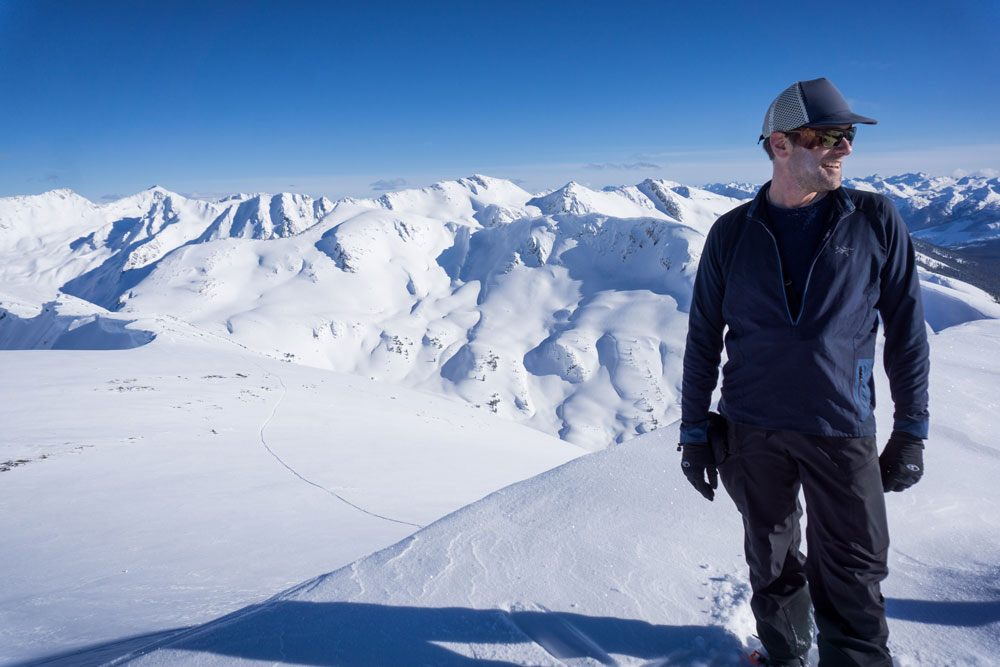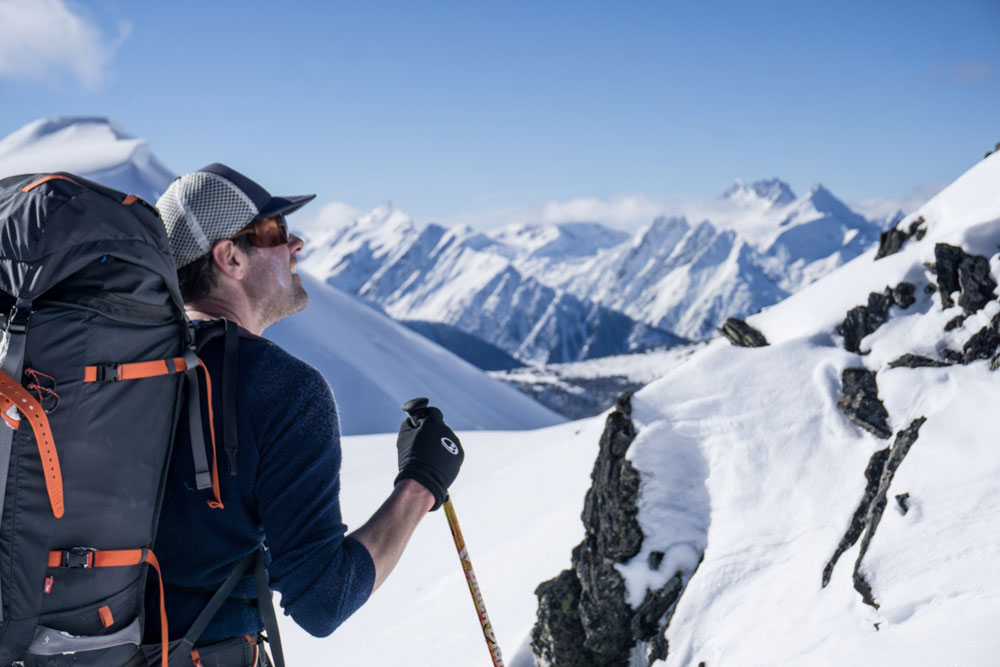Highway Forecasters: Unsung Heroes of the Backcountry World
It’s a universal routine: Meet up god-awfully early at the only open coffee shop in town, get an Americano to go, a brioche to top of your breakfast smoothie, then spend way too much on a lunch wrap—again (you keep promising yourself you’ll stop). Blurry-eyed, you discuss last night’s plan, make some small adjustments, pile everybody’s gear into one car, park all the others in a two-hour zone for the entire day, and you’re off. Where to? The “pass,” of course. The ubiquitous ski-touring zone that nearly every ski town has. Maybe it’s Teton Pass, Kootenay Pass, Galena Pass, or Rogers Pass, but it’s where you’re going, and it’s about an hour away.
The only obstacle now is it just snowed 6 inches; will the road be open? You jump on the sixth and final app you need to look at before launching out for a “simple” day of ski touring and confirm, yes, you’re free to travel. Phew. Thank Odin for all the good people behind the information technology you rely on to go backcountry skiing. But what about the people behind the actual road?
Recreational ski-tourers owe a lot to all kinds of support networks, but highway avalanche forecasters are, for some reason, somewhat forgotten in that mix. Maybe it’s because their job isn’t actually to facilitate the obsession that’s ruining your relationship, but to make sure everybody else driving that same corridor gets to where they’re going safely. And if a handful of granola-munchers get to use the road to go play in the problem looming above it, well, that’s incidental. Nonetheless, without those sentinels of the highway servicing the greater traveling public, we skiers would have much fewer options to go walk up mountains.

Colin Mitchell is one of those road warriors, and if you’ve ever nailed a day at Colorado’s Red Mountain Pass in the last 5 years, you owe him a beer. Mitchell is one of three forecasters keeping U.S. Route 550 rolling, along with making sure the little town of Silverton doesn’t get cut off from Ridgway or Durango.
“It’s not the glory end of the business, but it’s a lot more interesting,” he says, having traveled a fair ways from his humble ski-patroller beginnings at Eldora Mountain Resort back in 2002. For him, forecasting—along with teaching avalanche courses—was always the most stimulating part of the job.
“I started patrolling to ski and meet women,” the now 54-year-old avalanche whisperer confesses. “But I found out that the most satisfying part of the job is helping people.”
Having always been a stoked backcountry skier, Mitchell went from patrolling to ski-guiding, then, in 2012, landed a job forecasting at a mine in Chile because he spoke fluent Spanish (from working construction jobs and traveling). After that, he ended up forecasting for a spell in Gulmarg—a Chamonix-style backcountry ski station in Kashmir, India. There, he issued daily avalanche bulletins used both by the military and local guiding operations.
Ultimately, though, he wanted to settle down and have a home life, and highways offer some of the most stable and thrilling workplaces in the avalanche industry.
“We have 80 odd avalanche paths that are active on that corridor,” Mitchell explains about Red Mountain Pass. “It’s up there for highway corridors in the lower 48 … There aren’t many other areas that have this many paths in this small of a zone. It’s a very exciting mountain road—it’s varied and exposed.”
The town of Silverton, where he lives, would be completely cut off in winter if it weren’t for the mitigation work that’s the core of his job (along with only two other forecasters for that road).
“We have to provide that town with services; ambulances need to get out,” he adds.

That means that, during storms, he’s up all night monitoring a radio to make a call about whether the pavement needs to be put away until the mountains are cleared. And if mitigation work is indeed needed, he’s out the door at 4 or 5 a.m. From there, he might be using anything from an Avalauncher (a gas-powered explosives launcher) to a helicopter to a howitzer to bring down controlled slides. He and his team are trained by the military to use the big gun, and while there are newer remote technologies like GasX installed along some highways now, Mitchell finds it more fun to do it “the old-fashioned way.”
The exhilarating parts of the job aside, he says the “number one priority is keeping those guys out on the road safe—the Colorado Department of Transportation workers.”
They’re the ones clearing the snow and actually maintaining the driving surface. But there are more people to consider than just them, in the end. Once Mitchell recommends to open the road after a storm, he does admit to feeling a bit of anxiety each time.
“People at ski areas expect them to be safe, so do motorists on the road. That accountability adds a layer of stress that’s different than the backcountry. I’ve forecasted on days when backcountry users have died, but I got the forecast right.” (Backcountry skiers manage their own risk; motorists don’t.)

That’s a sense of accountability that forecaster Andrew Jones shares. Stationed 1,350 miles away, Jones works as an avalanche operations officer for Canada’s Glacier National Park. For the lay person, that’s Rogers Pass, B.C., one of the only North American roads more complicated than U.S. 550. In this case, the highway corridor is the country’s main transportation artery—pumping cars, trucks, and trains through the mountains between Golden and Revelstoke on both the Trans-Canada Highway and the Canadian Pacific Railway.
“There’s nothing like the traffic volume we have here,” Jones says. “We have to keep this road open because it’s, like, the road. Over [25 miles] we have 135 different avalanche paths, so it’s quite concentrated. You have to balance keeping the public safe with also giving them what they want. And in this instance, our clients are the traveling public, who are coming through this pass in commercial vehicles or private vehicles, and the CPR Railroad, which is constantly shipping high-value trains through here. So the pressure we get is certainly to keep the road open and keep the traffic flowing, because it is tied into the Canadian economy.”
That’s all under the long shadow of the worst avalanche incident in Canadian history, when two subsequent slides killed 58 rail workers in Rogers Pass in 1910.
Jones, as well as Parks Canada, is quick to note the mitigation work is not for skiers. Skiing in Rogers Pass is actually fairly recent; until about 25 years ago, no one was allowed to play on any slopes facing the highway. Those who do so now have to navigate a complicated but necessary permit system to keep them in check with the control program—which is no joke. For this, Parks Canada partners with the Canadian Armed Forces to shoot avalanche paths. Howitzer shells can send shrapnel over half a mile, and explosives are extremely expensive; that the federal government chooses to coordinate with skiers, Jones insists, is a privilege. But he’s also quick to admit the skiing is ultimately what lured him in the first place.
“I didn’t even know that avalanche control was a thing you could do before I moved Golden,” he recounts. “I started working with the ski patrol because I had worked in the Coast Guard throughout university. I went through the level-two [Canadian Avalanche Association] program, and just kind of kept that snow-science stuff going. And in the summer, I was still doing visitor safety—like mountain rescue—but also focusing on ecological integrity: monitoring wildlife, human-wildlife conflict, and that kind of stuff.”
Parks Canada ended up being a good fit for Jones, who has a degree in environmental science, and he was able to piece together various other forms of work before sinking full-time and year-round into Parks Canada’s avalanche group. But at its core, the job does come back around to one thing for him.

“I just love the skiing so much,” the 39-year-old father of two says, noting that field days and touring to weather stations are still a big part of his duties. “And, you know, I’m interested in the rescue thing as well. But for me, it’s just for variety. I think I’ve got a brain that thrives on that. And then I’m not totally strapped to a desk or anything like that. I still do get out into nature—in one of the most beautiful national parks there is. I can’t ask for much more than that.”
Like Mitchell—whose daily grind looks fairly similar in the winter—Jones also cites a viable home life as one of the most enticing benefits of being a highway forecaster, instead of, say, a guide or something flashier. But more than that, Jones says it is ultimately just the most interesting place to work in the industry, and where the most credit is paid amongst avalanche folks.
“Roads is where the cutting-edge mitigation work has been done, and I like it. It just feels like it’s got a gravitas; like everybody wants to listen to those stories at those [industry] meetings.”
In Rogers Pass in particular, there’s also a historical legacy that looms large, as it runs the oldest avalanche control program in North America.
“We have this wall of Rite in the Rain notebooks from every year since 1962,” Jones beams. “And the format for filling these out and for field sheets has not changed in that time. We’ve got over 85,000 documented avalanches in Rogers Pass in the last 60 years.”
One thing that has changed, though, is the ever-expanding number of skiers out there. So if you’re one of them, be thankful for the good hands you’re in every time you get out—and make it home safely, please.
Matt Coté is a writer and editor who calls Revelstoke, B.C., home. He generally muses about things that happen in the mountains, which have occupied a central place in his life since he was a little kid. He’s a devout Canadian, and his spirit animal is Justin Bieber.



